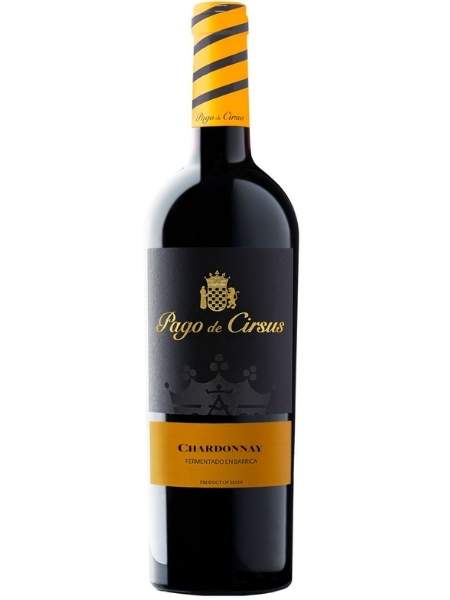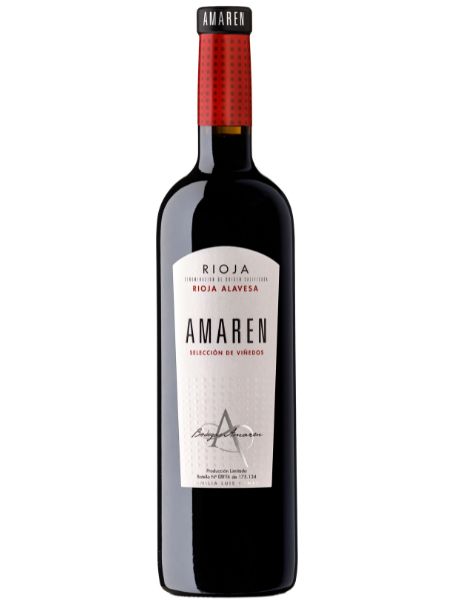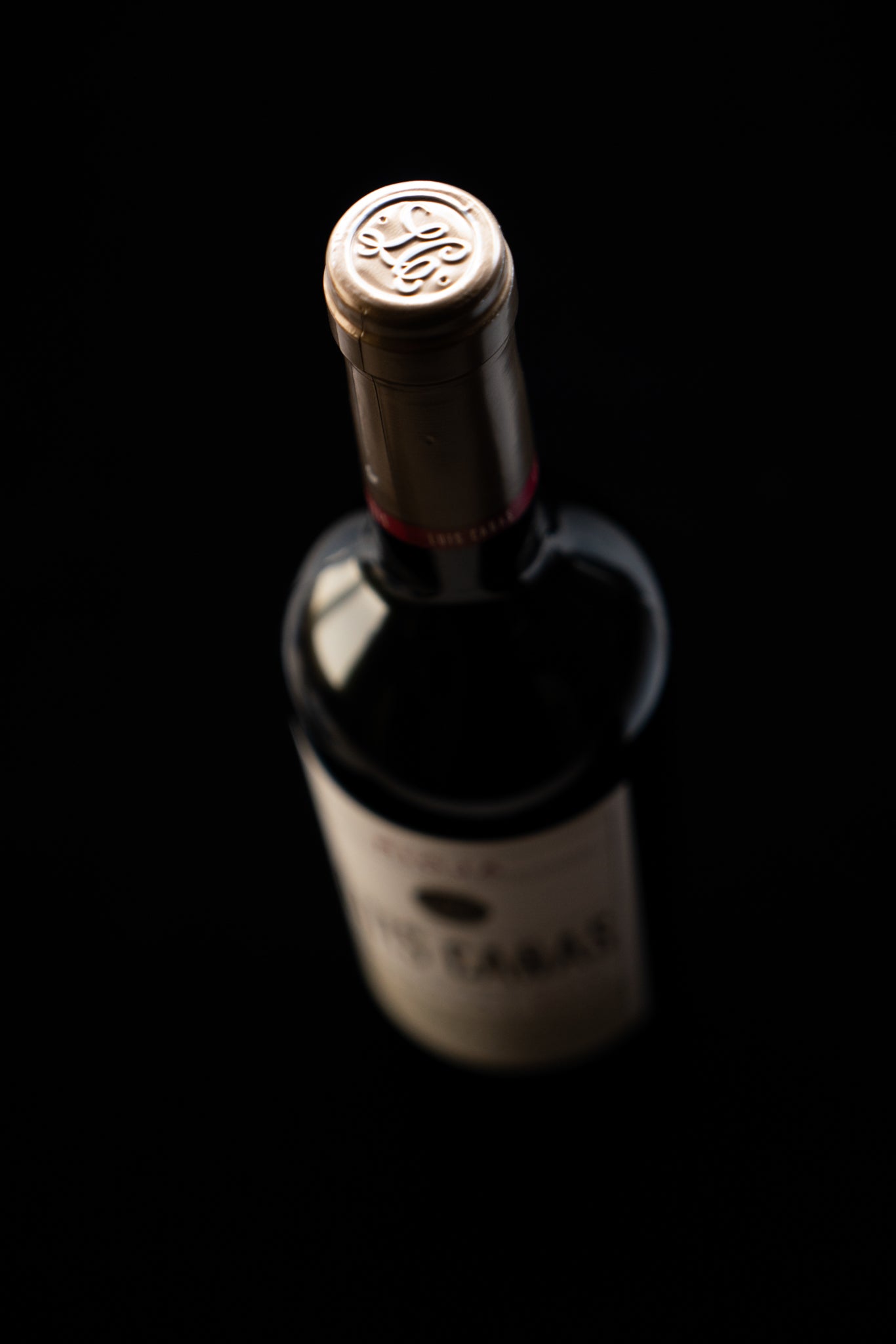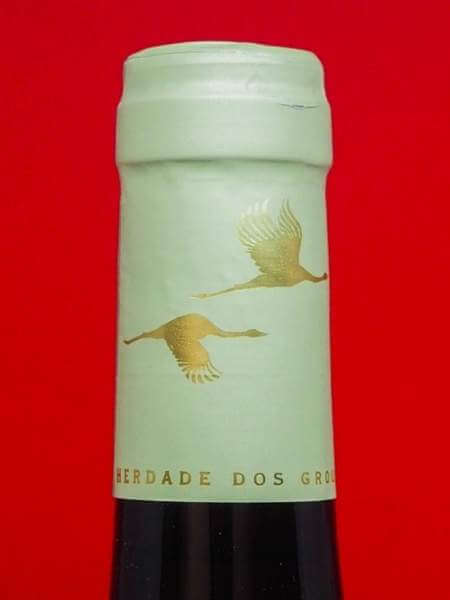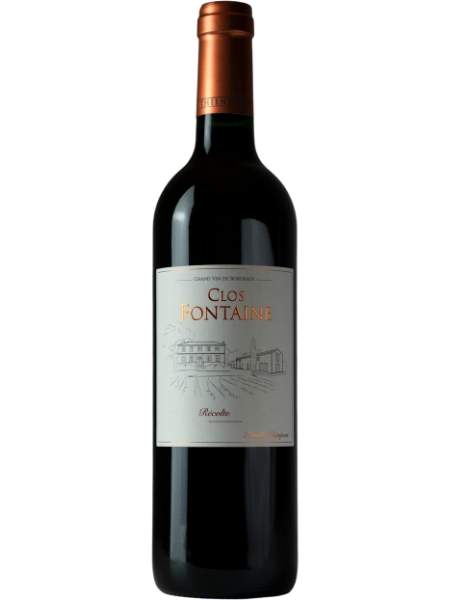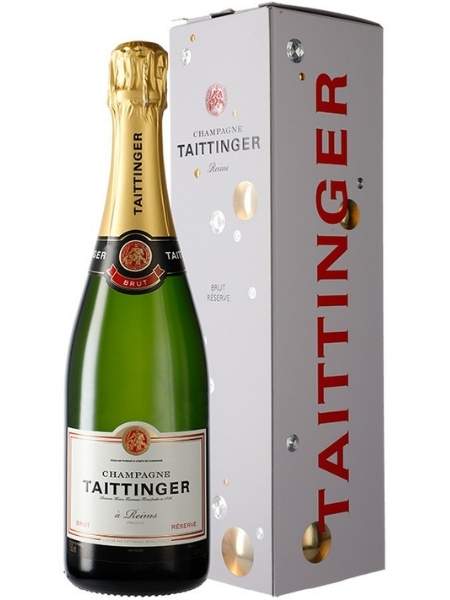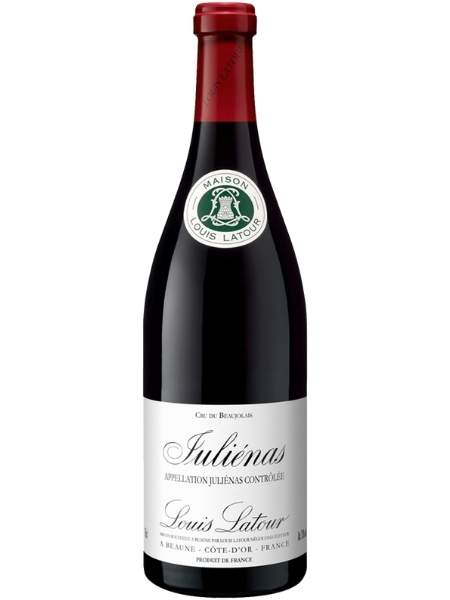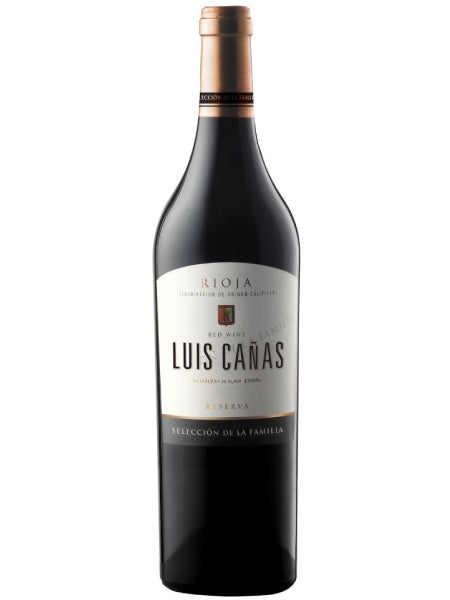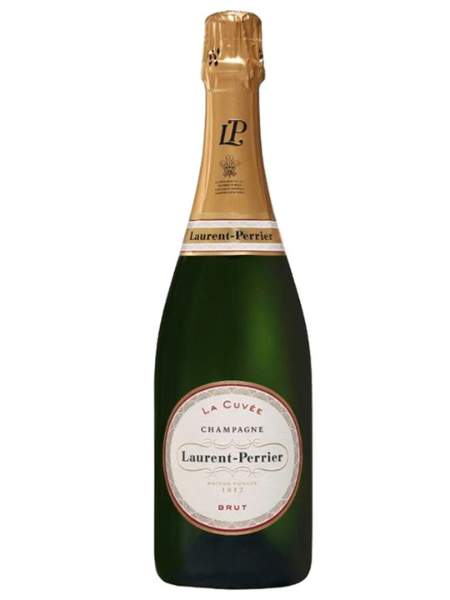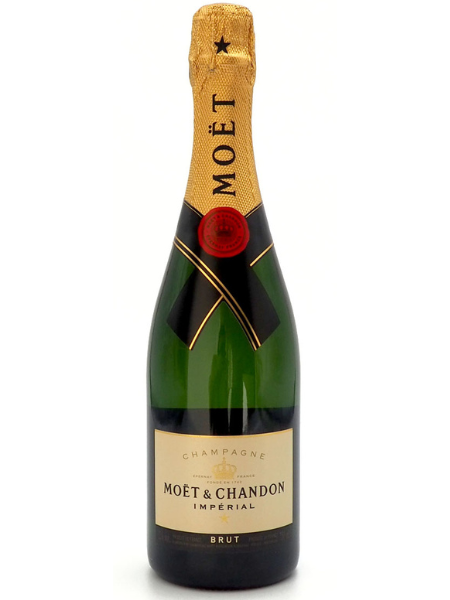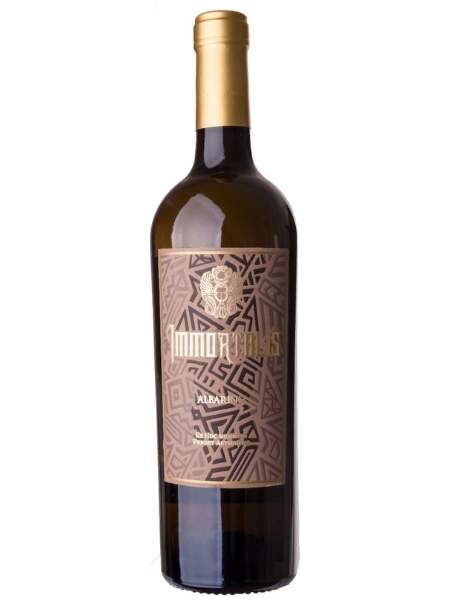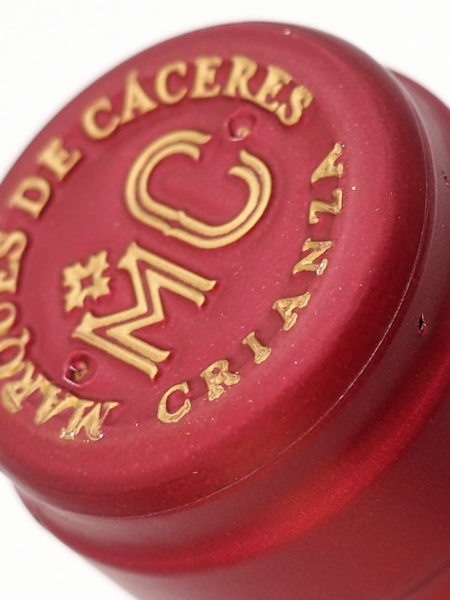
The Ultimate Guide to Italian Wine Classification

Many times, we have seen in Italian wine labels the mention of D.O.C.G (Denominazione di Origine controllata e garantita), D.O.C (Denominazione di Origine Controllate), I.G.T (Indicazione Geographica Tipica) or Vdt (Vino da Tavola).
But what does it really mean? And more importantly, how can we understand the Italian classification? In this article we will tell you all about it, so you can easily classify the Italian wines that you find in your favourite store.
The Italian classification system protects winemakers by classifying the bottles based on their qualities and their special winemaking techniques.
It all started in 1963 when the Italian law No. 930 established the system of appellation of the D.O.C (Denominzione di Origine Controllata), like the one in France, in order to ensure the highest quality and avoid counterfeits and decrease competition.
The Italian wine pyramid was inspired by France´s Appellation d´Origine Controlee (AOC). It sorts the drink into four increasingly regulated categories, based largely on wine regions.
In Italy, there are other rules that cover everything from grape variety to yield per hectare ( the volume of wine produced per hectare) to methods of vinification (how wine is made), alcohol content, and duration of ageing.
The pyramid consists of four classifications: Vino da Tavola (VdT), Idicazione Geografica Tipica (IGT), Denominazione di Origine Controllata (DOC), Denominazione di Origine Controllata e Garantita (DOCG).
Italian Wine Classification
- Vino da Tavola (VdT)
Vino da Tavola stands for table wine, which can be different types of wine such as red, white or rose. VdT was introduced in 1963 as the lowest tier and the least regulated category in the pyramid. It´s basically a free-for-all and, traditionally, it has been priced as nearly free for all.
The grapes can be sourced from anywhere in Italy, with no regulation regarding hectare yield, vinification or additives such as sugar or wood chips (often added to stimulate oakiness).
One important detail is that neither vintage nor variety can be included on the label. In fact, the labels of VdT by law are extremely simple; Vino Rosso, Vino Bianco or Vino Rosato.
In 1963, when the pyramid was introduced, most VdT wine was sold in bulk instead of in bottles. In the past, it didn´t make sense, economically speaking, for these wines to be exported, so the majority of them were consumed within Italy and the EU. Currently, VdT bottles account for approximately 35% of the 47,500 hectoliters produced annually.
- Idicazione Geografica Tipica (IGT):
Moving up the pyramid, above VdT, we find Indicazione Geografica Tipica (IGT). It was added to the pyramid in 1992 to act as a bridge between table wine (VdT) and higher-quality bottles with DOC or DOCG denominations.
An IGT wine must contain grapes from a specific geographic region, which needs to be specified on the label. In addition, there are limits to yield per hectare (how densely grown the land is). Currently, there are 118 IGT in Italy, that account for approximately 24% of the total Italian production.
One of the most famous Italian IGT regions is Toscana IGT, produced in the ten provinces of Tuscany. If you want to try a great wine from IGT Tuscany, we highly recommend this red wine by Bernard Magrez, Imani Toscana 2018, made of Sangiovese, Cabernet Sauvignon and Petit Verdot grapes.
- Denominazione di Origine Controllata (DOC
Scaling up the pyramid, the rules get tighter. The DOC level is the most well-known of Italian designations. In this level, grape varieties, minimum alcohol levels, acidity and extract levels, maximum yields, winemaking techniques, and ageing are minutely stipulated.
Also, a key difference between classifications lower in the pyramid, is that DOC wines need to pass an organoleptic, or sensory exam by a government panel before receiving certification.
There are currently 333 DOC winemaking regions in Italy, and the number seems to grow annually. Regulations vary in their intensity across these regions due not only to the different varieties of wine but also to cultural and historical reasons. In some areas, methods of acidification and irrigation are also stipulated.
One of the most famous Italian DOC include DOC Sicily, DOC Valpolicella or DOC Prosecco. If you want to try a DOC Prosecco, we recommend Imani Prosecco Sparkling wine, made of 100% Glera grapes. Italian white wines with DOC appellation are also great.
- Denominazione di Origine Controllata e Garantita (DOCG):
On top of the Italian pyramid, we find wines wih a D.O.C.G denomination. DOCG wines have more restrictions and regulations than wine with DOC. It is these add-ons that yield de G (or guarantee) at the end of the category´s name.
These wines need to pass two organoleptic exams in front of tasting panels in order to be awarded the DOCG seal from the Ministry of Agriculture.
The DOCG designation was created at the same time as the DOC, however, the standards for meeting it were so rigorous that it wasn´t until 1980 that the first wines – three from Tuscany, including Brunello di Montalcino, Vino Nobile di Montepulciano, and Chianti Classico, and two from Piedmont, Barolo and Barbaresco – were awarded the status.
Currently, there are seven DOCG appellations, the majority of them still centred in Piedmont and Tuscany.
If you want to try a high-quality DOCG Italian wine, we recommend Barolo Paesi Tuoi 2017, a red wine made 100% of Nebbiolo grapes from the Barolo region. This great wine is produced by the famous winery Vite Colte.
We hope that after reading this article you will be able to clearly differentiate each Italian wine classification and that you will choose your favourite wine accordingly. If you want to discover great wines from Italy, don´t forget to visit our store and subscribe to our newsletter.
See you next time, wine lovers,
Dis&Dis Team






